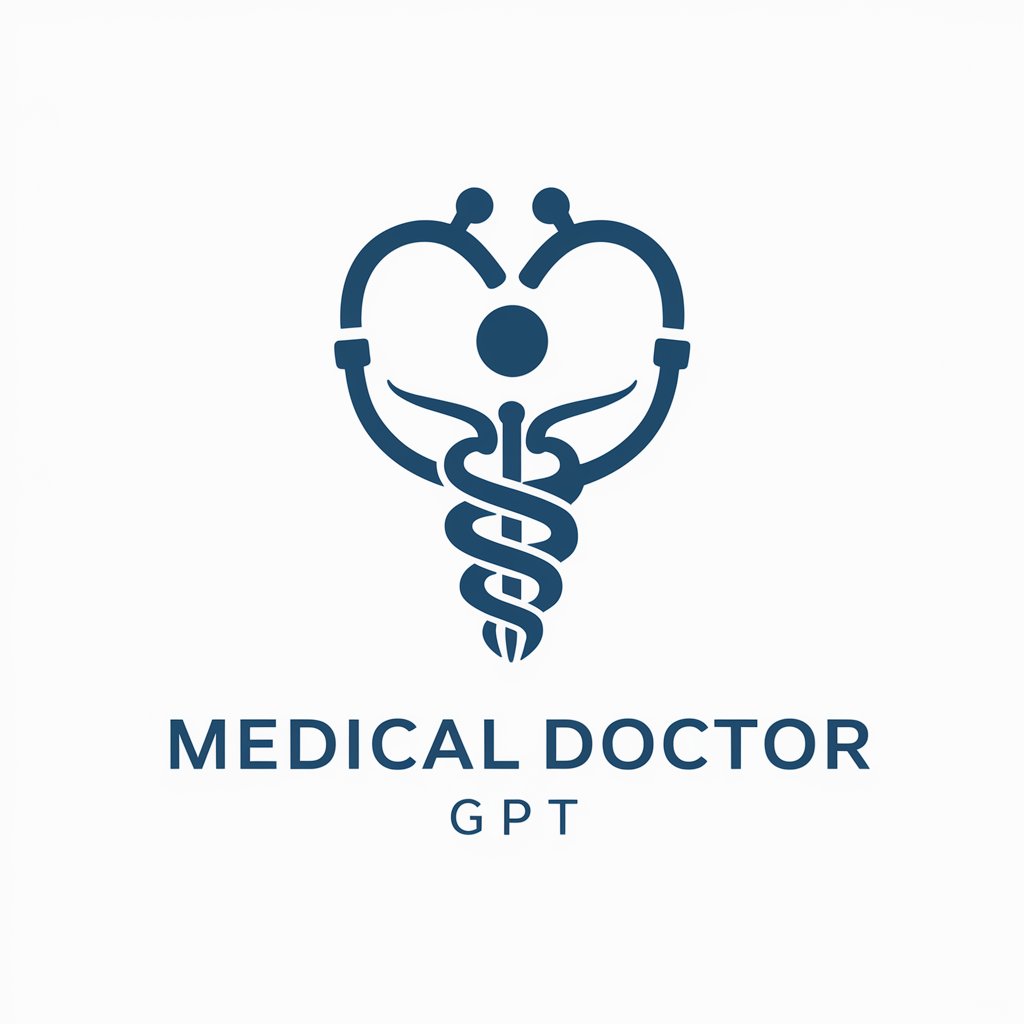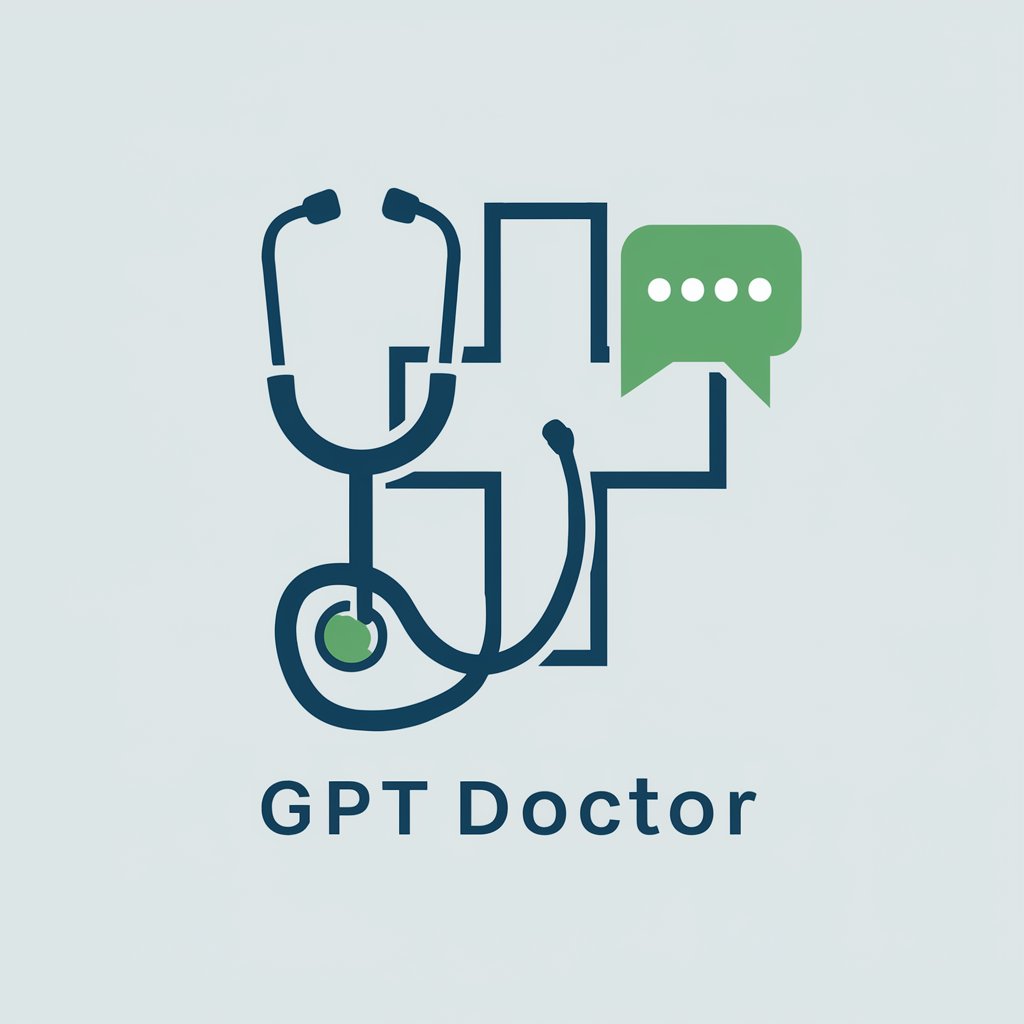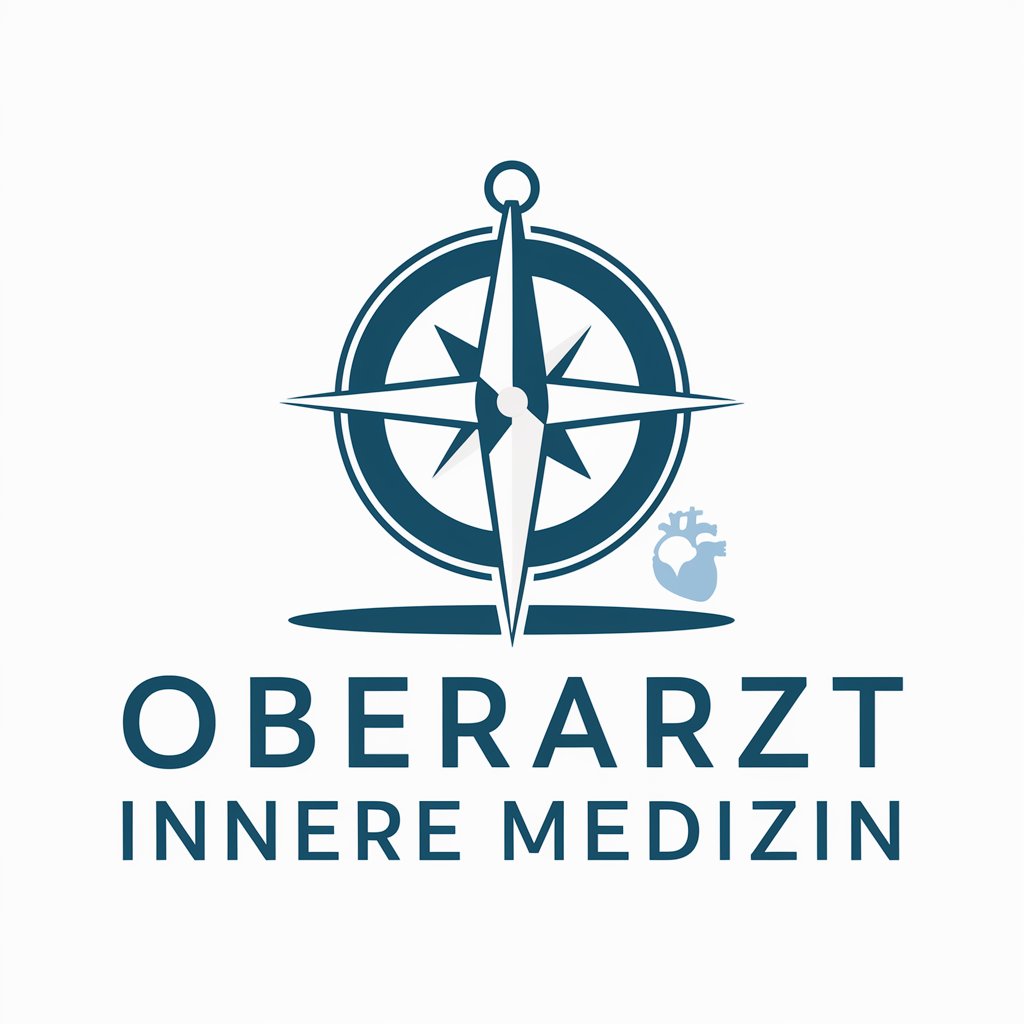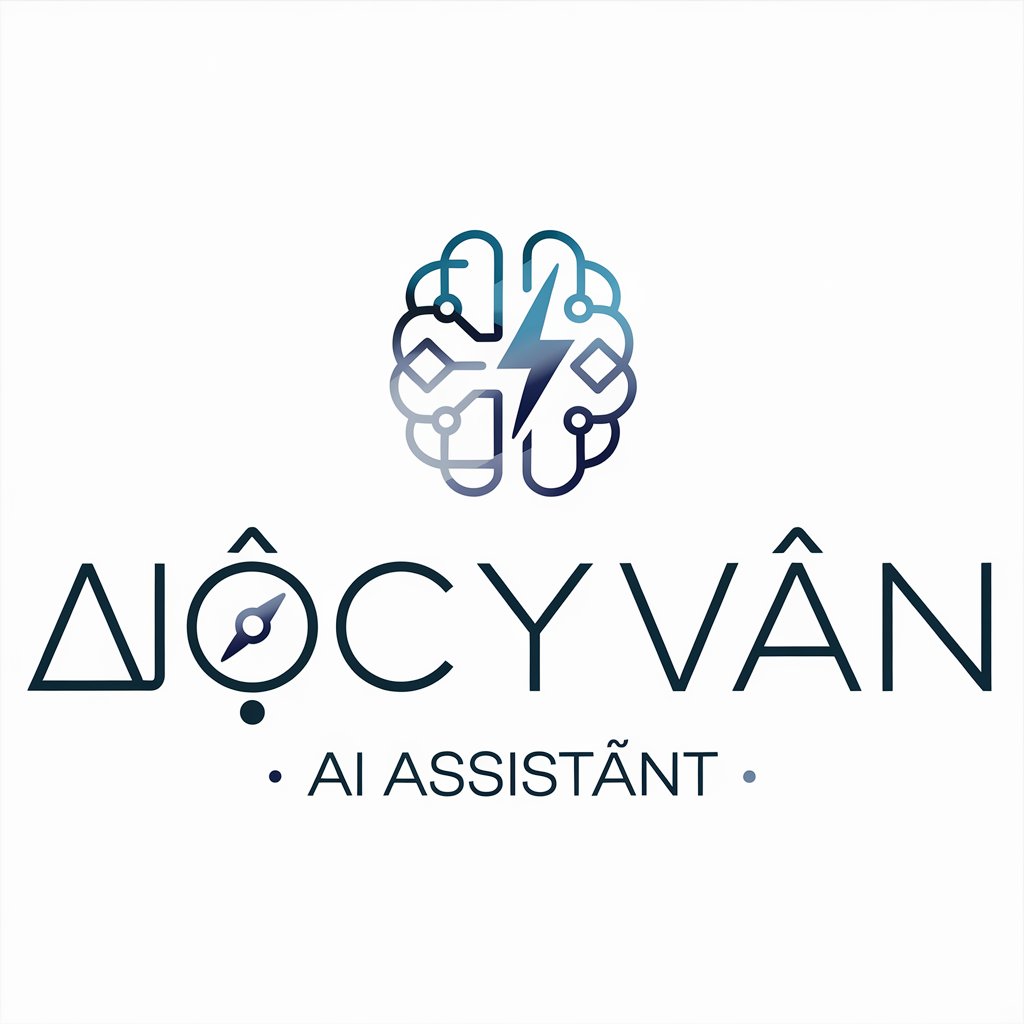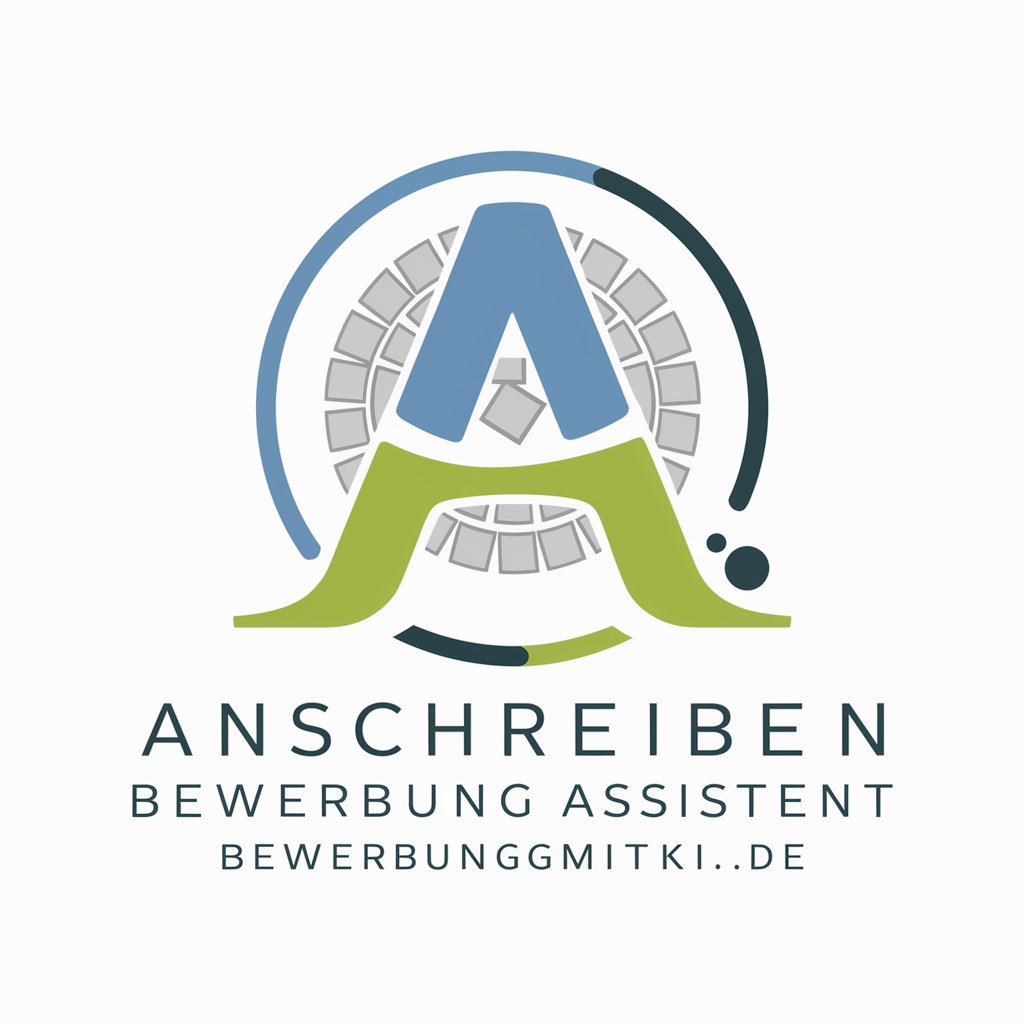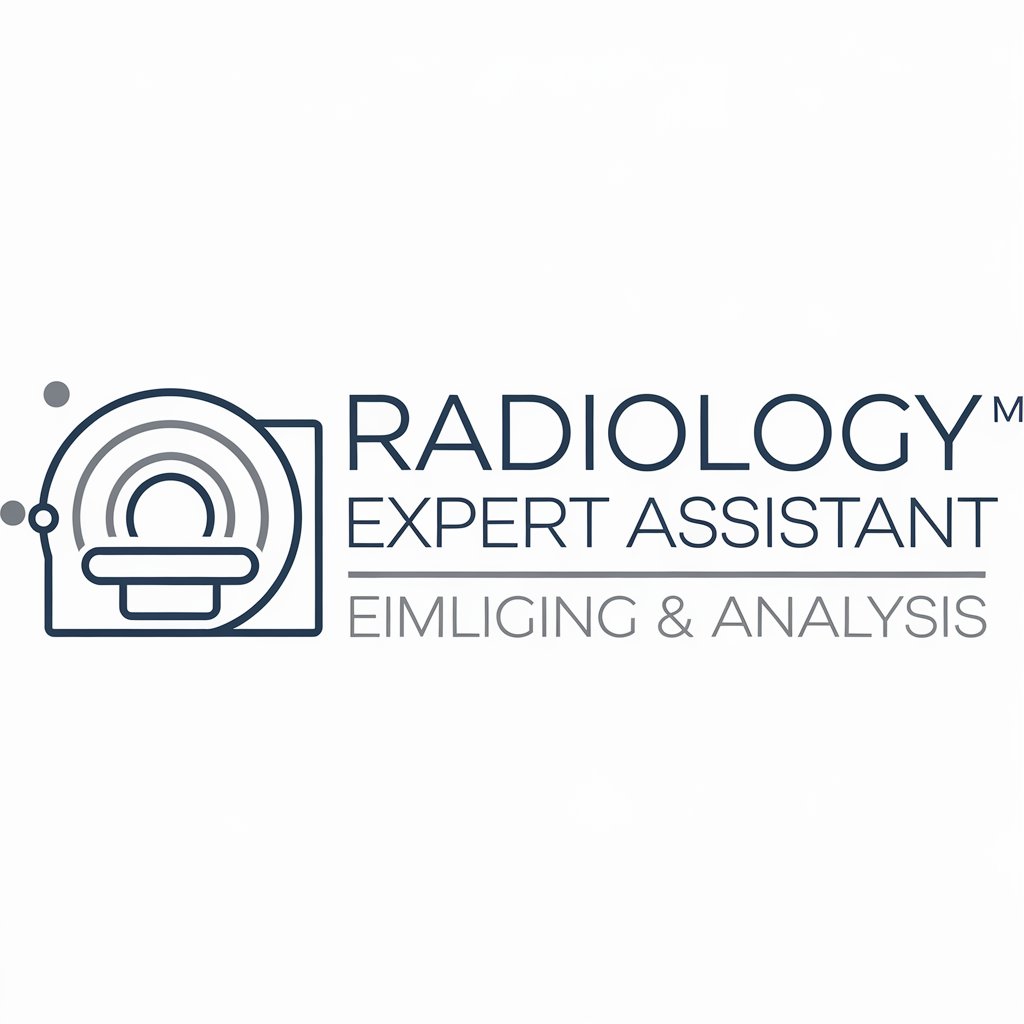
Arztbriefe - Arzt Modus-AI-powered tool for generating professional medical letters.
AI-powered medical document creation made easy.

Spezialist für die Erstellung professioneller Arztbriefe in deutscher Sprache
Bitte erstelle einen Arztbrief mit diesen Befunden:
Ich brauche Hilfe beim Verfassen eines Arztbriefes für:
Kannst du einen Arztbrief basierend auf diesen Untersuchungsergebnissen erstellen?
Hilf mir bitte, einen Arztbrief zu formulieren für:
Get Embed Code
Arztbriefe - Arzt Modus: Purpose and Design
Arztbriefe - Arzt Modus is a specialized clinical documentation assistant designed to produce professional, institution-ready medical reports for multiple specialties (laboratory medicine, pathology, microbiology, radiology and clinical disciplines). Its core design purpose is to transform disparate clinical inputs — narrative consultation notes, structured laboratory values, pathology synopses, imaging impressions, medication lists and administrative metadata — into a single, coherent, formally worded medical letter or report that is suitable for transfer to other clinicians, inclusion in the electronic health record, or delivery to patients when appropriate. The system emphasizes formal medical jargon, precise phrasing for medico-legal clarity, consistent structure across documents, and the inclusion of actionable elements such as differential diagnoses, diagnostic certainty, recommended next steps, and follow-up timing. It is configurable for local templates and regulatory constraints and can flag missing or inconsistent items (for example absent allergy status, missing critical lab values, or conflicting medication doses) and either prompt for completion or insert a formal note that particular information was unavailable at time of writing. Example scenario: a senior orthopaedicArztbriefe overview and functions surgeon completes a short operative note and sends post-operative vitals, Hb and a radiologist’s immediate post-op X-ray reading; Arztbriefe - Arzt Modus composes a formal discharge letter in the institution’s template that integrates the intraoperative findings, lab trends (explicitly stating pre- and post-op hemoglobin with units and reference ranges), the radiology conclusion, the antibiotic and thromboprophylaxis plan, recommended wound checks, and the exact date and time for the first outpatient appointment, all in continuous, professionally phrased text suitable for the patient’s general practitioner and for legal records.
Primary Functions and How They Are Applied
Structured generation of comprehensive clinical reports that integrate multi-disciplinary findings
Example
Produce a cardiology discharge summary that merges admission reason (e.g., NSTEMI), serial troponin values with units and reference range, ECG changes, coronary angiography findings, anti-ischemic medications on discharge, recommended cardiac rehabilitation, and follow-up with a coordinating outpatient clinic.
Scenario
A cardiology ward clerk uploads the admission note, cath lab report and latest labs; the tool returns a continuous, institution-branded discharge letter addressed to the patient’s GP with an explicit timeline for follow-up, medication reconciliation and a short paragraph interpreting the angiographic result and advising on secondary prevention.
Summarization and semantic integration of laboratory, microbiology and pathology data into a diagnostically useful narrative
Example
Take a pathology report that contains microscopic description, immunohistochemistry results and a molecular panel and create a concise pathology summary that states diagnosis, tumor grade, margin status, staging relevant comments and clinical implications for therapy, with clear citation of critical numeric results and their reference ranges.
Scenario
An oncologist receives a pathology PDF and several microbiology culture results; the tool extracts the key elements (organism identification, susceptibilities, biopsy diagnosis), synthesizes them into a single paragraph explaining how the results affect the treatment plan (e.g., pathogen-directed antibiotics, need for adjuvant chemotherapy), and highlights urgent items requiring immediate action such as positive blood cultures or critical electrolyte disturbances.
Template management, interoperability and quality control for handover, billing and legal compliance
Example
Export a finalized referral letter in both human-readable PDF and machine-readable FHIR/HL7-compatible JSON that includes coded diagnosis fields (ICD codes), procedure codes, dates of service and explicit consent statements where required.
Scenario
The hospital’s documentation team uses the tool to standardize referral letters across departments so that every outgoing document includes mandatory fields (patient ID, informed consent statement, allergy list, current medications) and a standardized medicolegal closing. The tool also performs internal consistency checks (for example, verifying that the recorded allergy list does not conflict with prescribed discharge medications) and annotates items that need verification before final sign-off.
Primary Target User Groups and Why They Benefit
Hospital clinicians and specialty teams (attendings, residents, fellows, radiologists, pathologists, microbiologists and operating surgeons)
These users benefit from time savings and from standardized, high-quality discharge summaries, consultation letters and procedure reports. The tool reduces administrative burden for busy clinicians by converting fragmented inputs into a polished, clinically accurate narrative that preserves diagnostic nuance and includes explicit recommendations for follow-up. It is particularly valuable in complex cases that require synthesis across multiple modalities (imaging, histology, culture results), in on-call settings where a clear handover is essential, and in teaching environments where consistent phrasing and explicit statements of clinical reasoning improve trainee documentation quality.
Medical documentation staff, case managers, outpatient providers and health-IT administrators
This group gains from standardized templates, interoperability features and quality control functions. Medical secretaries and coders use the tool to create letters that contain the mandatory administrative data for billing and referral, with embedded coded fields for ICD/OPS/CPT as required; case managers use concise, actionable discharge letters to schedule follow-up and rehabilitation; outpatient physicians receive uniformly formatted referral and discharge communications that reduce ambiguity and prevent information loss. Health-IT administrators value the ability to export machine-readable formats (FHIR/HL7 or structured CSV), to enforce template compliance across the organization, and to run audits on documentation consistency and completeness.
How to Use Arztbriefe - Arzt Modus
1. Visit aichatonline.org
Go to aichatonline.org for a free trial, no need for logging in or subscribing to ChatGPT Plus. The trial version allows you to explore the core features of Arztbriefe - Arzt Modus without restrictions.
2. Select 'Arzt Modus'
Once on the platform, navigate to the 'Arzt Modus' section. This mode is designed to facilitate the generation of professional medical documents, including Arztbriefe (medical letters).
3. Input Patient Details
Enter relevant patient information, including medical history, diagnosis, and treatment plan. Ensure accuracy and completeness as the AI will base its document generation on this input.
4. Review AI-Generated Text
After submitting the details, the AI will generate the Arztbrief (medical letter). Review the generated document for accuracy, relevance, and clarity. You can make adjustments orJSON code correction provide further instructions if necessary.
5. Download or Share the Document
Once satisfied with the generated Arztbrief, you can download it in various formats (e.g., PDF, DOCX) or share it directly with colleagues or patients. Make sure to adhere to privacy standards when handling sensitive medical data.
Try other advanced and practical GPTs
FLINK GPT
AI-powered writing and content generation.
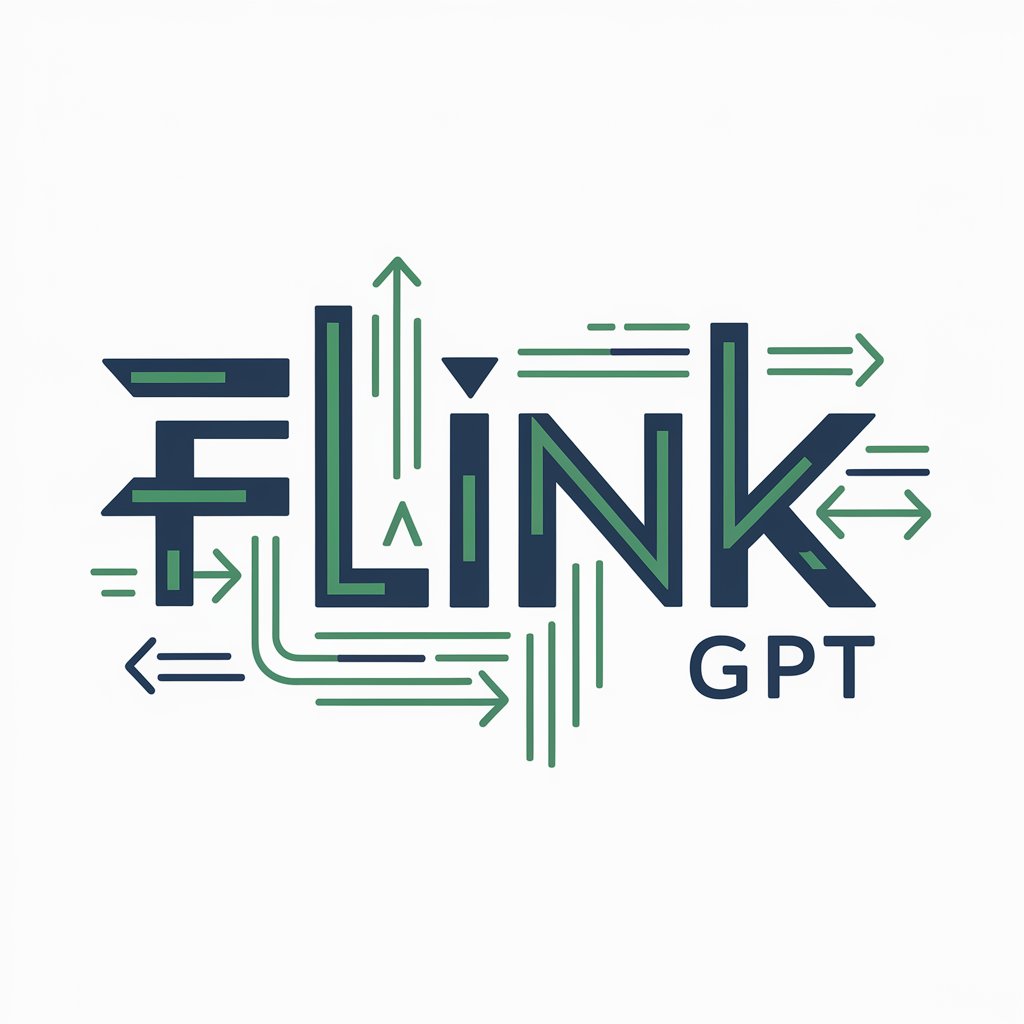
Parafraseo Humano
AI-powered paraphrasing for human-like results.
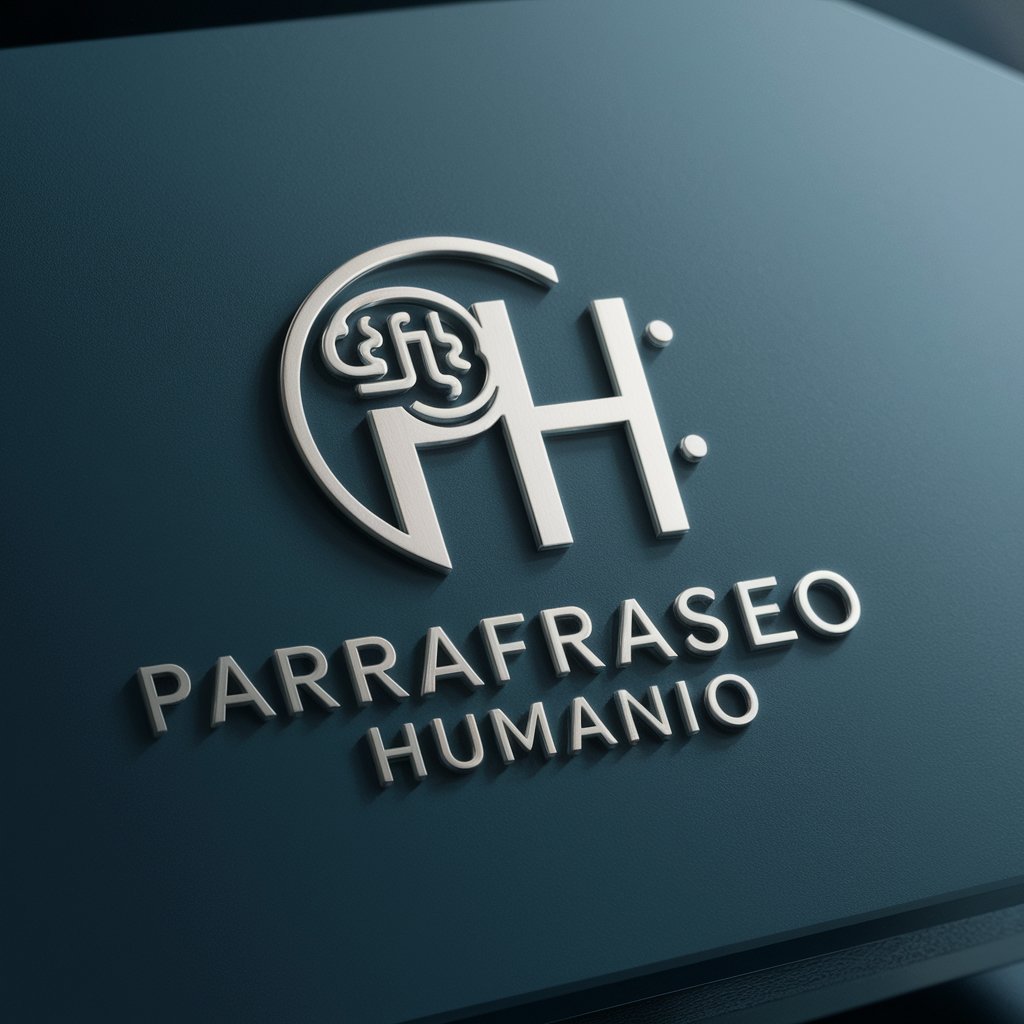
Creador de Presentaciones
Create professional presentations with AI ease.

RHINO
AI-powered text generation made easy

Italian Teacher
AI-powered Italian lessons for all levels.

Post With Big Insights
AI-powered insights for smarter decisions.
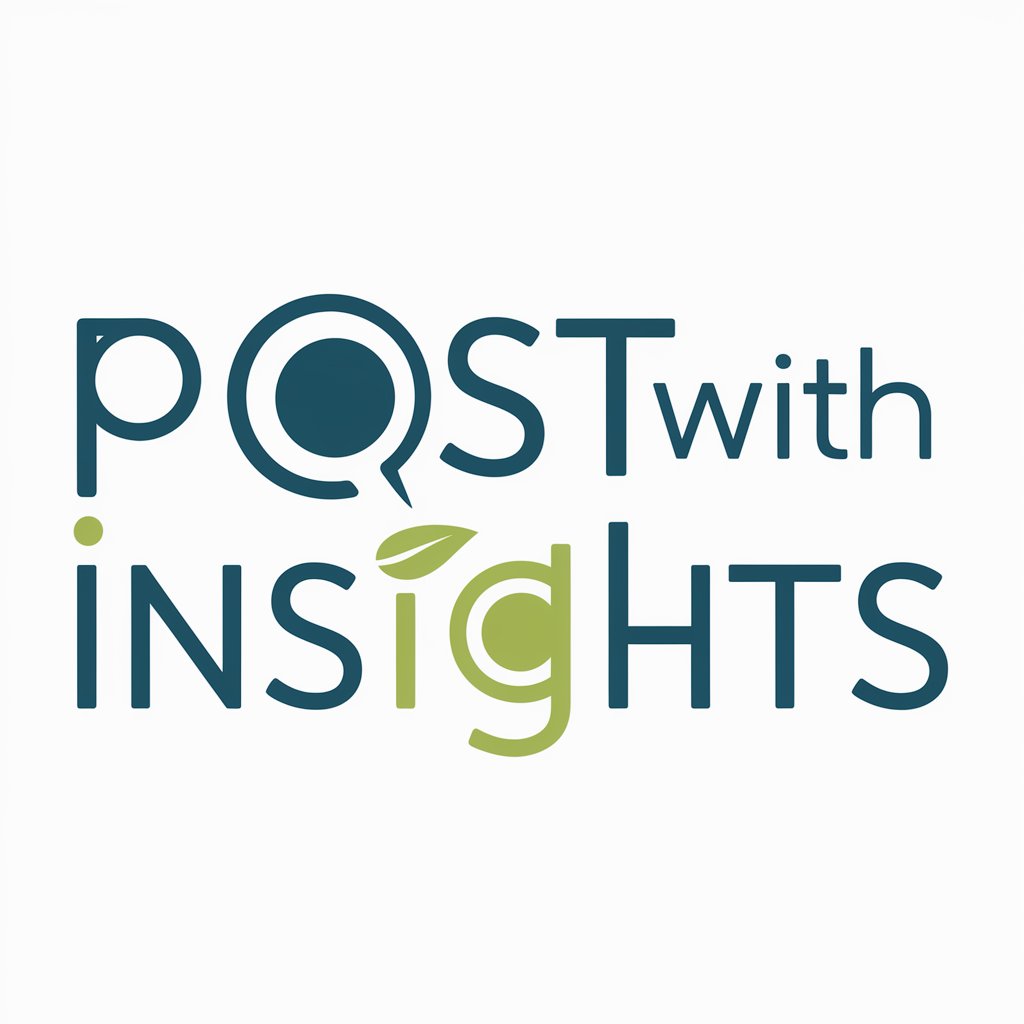
Astrology Transits & Reader
AI-powered astrology insights for personal growth.

Electromagnetic Fields Tutor
Master Electromagnetic Concepts with AI Power

法律顾问
AI-powered legal consultation at your service

Transcript Refiner 🎤
AI-powered refinement for clear, polished text.
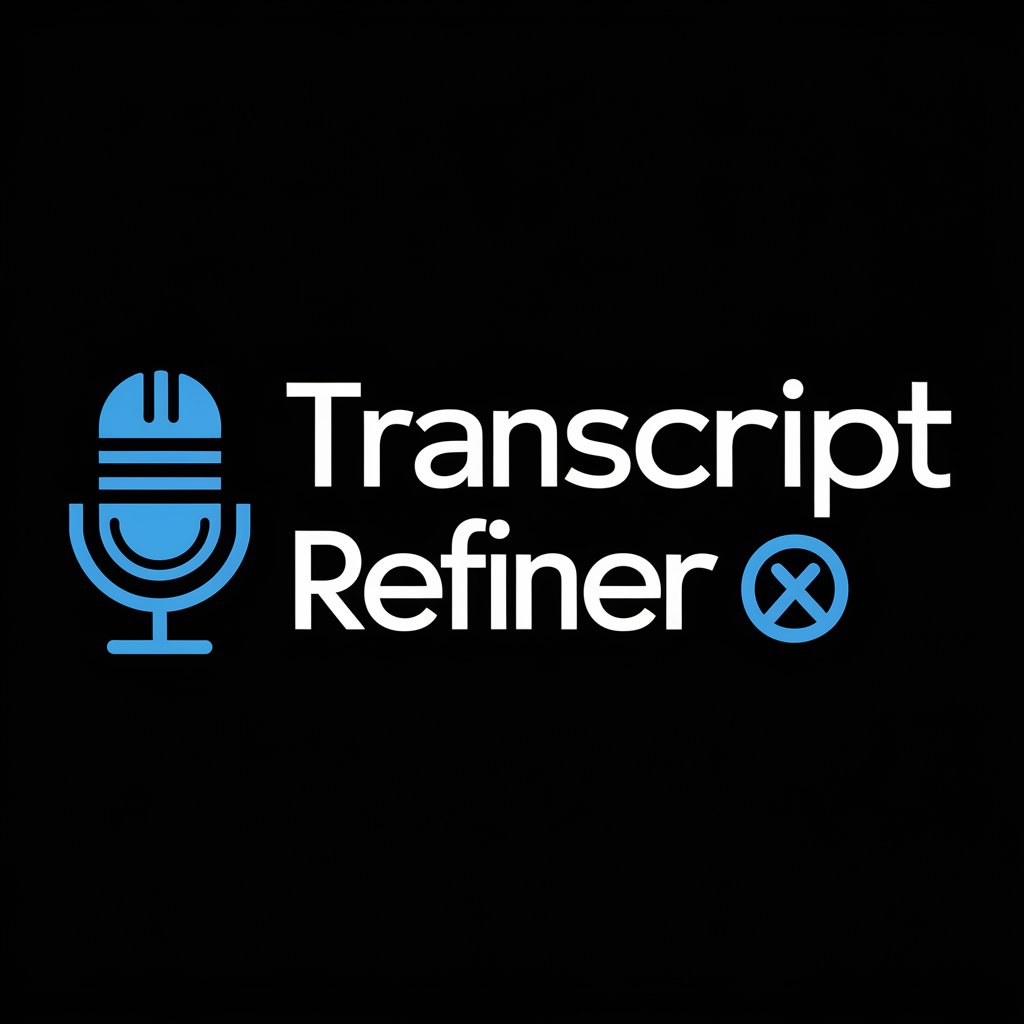
ATPL Exam Helper (EASA Version)
AI-powered ATPL exam preparation tool.

黛烟
AI-powered assistance for all your needs.
- Patient Communication
- Medical Documentation
- Healthcare Workflow
- AI-Assisted Writing
- Medical Correspondence
Frequently Asked Questions - Arztbriefe - Arzt Modus
What is the primary purpose of Arztbriefe - Arzt Modus?
Arztbriefe - Arzt Modus is designed to streamline the creation of professional medical documents like Arztbriefe (medical letters). It helps healthcare professionals generate well-structured, accurate medical correspondence quickly by leveraging AI technology.
Can I use Arztbriefe - Arzt Modus without any prior knowledge of medical documentation?
Yes, the tool is designed to be user-friendly, even for those with minimal experience in medical documentation. It guides users through the process, ensuring the generated documents are medically accurate and compliant with standard formats.
Is there any way to customize the generated Arztbriefe?
Yes, after the AI generates the document, users can customize the content. You can add, remove, or edit sections of the Arztbrief to fit specific patient cases or treatment plans.
Does Arztbriefe - Arzt Modus ensure data security for patient information?
Yes, data privacy is a top priority. The platform adheres to strict medical data protection standards, ensuring that patient information remains confidential and is handled securely in compliance with GDPR or other applicable laws.
Can I use Arztbriefe - Arzt Modus for languages other than German?
While the core functionality is focused on generating medical documents in German, the AI can be used for translating or adapting text to other languages, though some functionality may be limited outside of German medical terminology.

